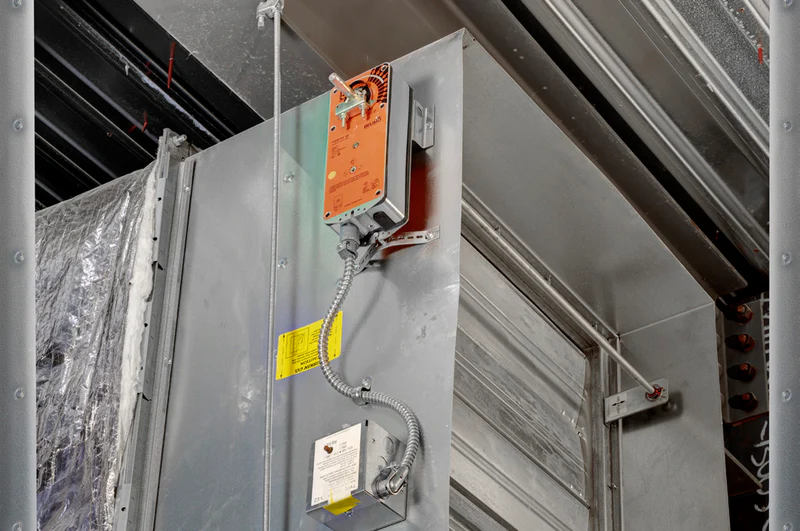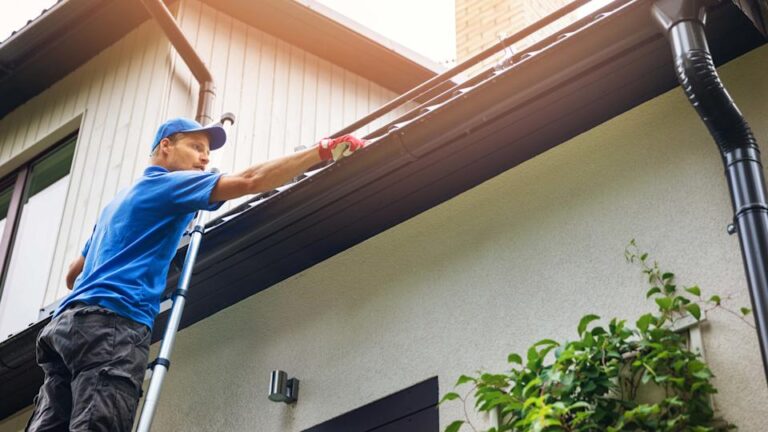
In the realm of building automation, modulating damper actuators are at the forefront of technological advancements, playing a crucial role in the development of energy-efficient HVAC systems. These devices, epitomized by the LM24A-MOD, offer refined control over air flow and ventilation, marking a significant leap towards more sophisticated and responsive building environments.
Modulating Actuators: Revolutionizing HVAC Control
The LM24A-MOD represents the latest in damper actuator technology, designed to adjust the damper position accurately and maintain the desired air flow rate within HVAC systems. These actuators are essential for optimizing the indoor climate, ensuring comfort while maximizing energy efficiency.
- Precise Air Flow Management: Modulating actuators provide variable control of air flow, allowing for fine adjustments to meet the specific ventilation needs of different building zones.
- Energy Efficiency: By regulating air flow more precisely, these actuators reduce unnecessary energy consumption, contributing to the overall efficiency of HVAC systems.
- Integration with Building Automation Systems: Modulating actuators like the LM24A-MOD can be integrated seamlessly into building automation systems, facilitating smarter, data-driven decisions for climate control.
The Role of Advanced Actuators in Building Automation
Advanced actuator technologies, including those like the DFCGGG, further enhance the capabilities of building automation systems. While not specifically a damper actuator, the DFCGGG represents the kind of innovation that supports the function of controlled environments by providing precision in fluid handling, which is a critical component in comprehensive building management systems.
- Enhanced Operational Flexibility: With actuators like the DFCGGG, systems can manage a broader range of functions, from air flow to fluid control, ensuring optimal environmental conditions across all building systems.
- Smart Technology Integration: These devices often come equipped with smart technology, allowing for remote monitoring and control, predictive maintenance, and enhanced system diagnostics.
- Sustainability and Green Building Compliance: Advanced actuators contribute to building sustainability goals, helping to achieve compliance with green building standards by optimizing energy use and reducing waste.
Future Directions in Damper Control Technology
Looking ahead, the future of damper control in building automation is set to become even more integrated and intelligent:
- IoT and Connectivity: The integration of IoT (Internet of Things) technology in actuators like the LM24A-MOD will allow for even more sophisticated monitoring and control capabilities, with real-time data analytics driving system adjustments.
- AI and Machine Learning: Incorporating artificial intelligence and machine learning algorithms into damper control systems will enable predictive adjustments, improving system responsiveness to changing environmental conditions.
- Enhanced User Interfaces: Innovations in user interface designs will make managing and monitoring HVAC systems more intuitive, allowing building managers to make informed decisions quickly and efficiently.
In conclusion, the future of damper control in building automation is bright, with modulating actuators like the LM24A-MOD leading the way. These advanced devices, along with comprehensive actuators like the DFCGGG, are pivotal in creating more energy-efficient, responsive, and intelligent HVAC systems that align with the evolving needs of modern buildings.





